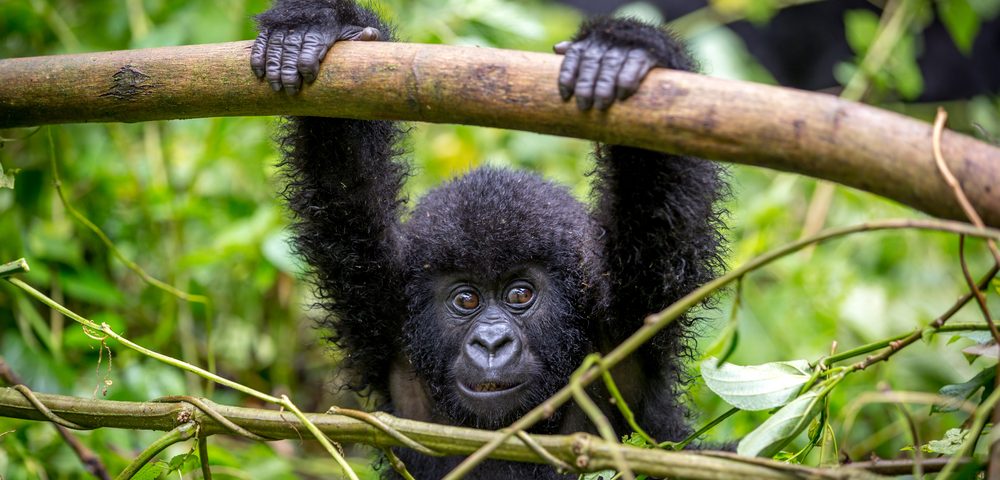Researchers at the Pasteur Institute and the Centre National de la Recherche Scientifique (CNRS) in Paris have identified two new strains of the human T-lymphotropic virus type 4 (HTLV-4) — a type of HTLV virus that had previously been found in just person in Camero0n — in hunters bitten by gorillas in Gabon.
The study, “Zoonotic transmission of two new strains of Human T Lymphotropic Virus type 4 in hunters bitten by a gorilla in Central Africa,” published in Clinical Infectious Diseases, reinforces the fact that gorillas are a reservoir for infectious agents that can be transmitted to humans.
A number of viral agents that cause human diseases have origins in animals, including avian influenza virus, which is transmitted by birds, and SARS coronavirus, Ebola virus, and Marburg virus, which are transmitted from bats to intermediate hosts and then to humans.
A team of researchers has been working on the HTLV virus that is transmitted from non-human primates, particularly gorillas and chimpanzees. HTLV virus has four types. HTLV-1, the most prevalent, was first detected in a patient with cutaneous T-cell lymphoma, and now it is known that 2 to 8 percent of people infected with HTLV-1 develop severe forms of leukemia, lymphoma, or neuromyelopathy.
HTLV-2 is the second most common type, affecting approximately 1 million people worldwide. The HTLV-3 virus has been identified in just a small number of people in Cameroon who live in contact with non-human primates. HTLV-4 had only been detected in one person living in Cameroon who reported contact with various non-human primates, suggesting that the virus had been acquired through contact with such animals.
Researchers from the Pasteur Institute and the CNRS have partnered with the International Center for Medical Research in Franceville, Gabon, and the Pasteur Center in Cameroon to identify HTLV viruses in residents of Gabon and Cameroon who were at risk of contact with non-human primates. The investigators examined blood samples from 32 gorillas, and from 300 people who had been bitten by non-human primates, including gorillas, chimpanzees, and small monkeys.
Results revealed that two of the gorillas were infected with PTLV-4, and that two hunters had also screened positive for PTLV-4 infection. Those hunters had been bitten by a gorilla while hunting in Gabon several years before the blood sample collection, revealing not only the importance of gorillas in the transmission of these viruses but also the chronic persistence of HTLV-4 in humans.
The analysis also found that one of the hunters who tested positive had a strain that diverged from the previously known HTLV-4 strain, shedding some insight on the genetic variability of these virus.
This study supports the idea that more cases of HTLV-4 infection are likely to exist in Cameroon, Gabon, and possibly other areas where people are in contact with non-human primates. Uncovering new cases of HTLV-4 may help identify diseases that are caused by this virus.


